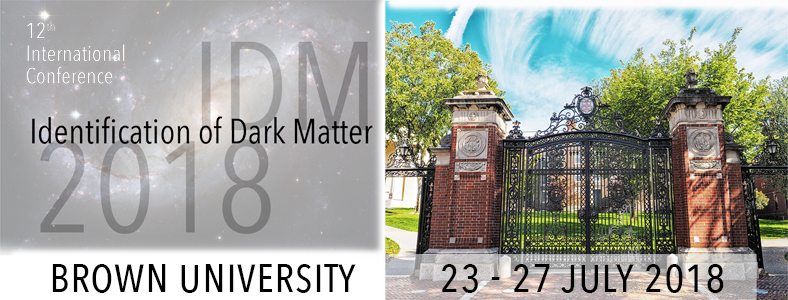Conveners
4.6 Theory
- Koushiappas
Over the past few decades, terrestrial experiments have placed increasingly strong limits on the dark matter-nucleon scattering cross-section. However, a significant portion of the standard dark matter parameter space remains beyond our reach. Due to their extreme density and huge gravitational fields, neutron stars stand as optimal targets to probe dark matter-neutron interactions. As an...
Light Dark Matter candidates have increasingly come under the focus of scientific interest. In particular the QCD axion is also able to solve other fundamental problems such as CP-conservation in strong interactions. Galactic axions and axion-like particles can be converted to photons at boundaries between materials of different dielectric constants under a strong magnetic field. Combining...
The Cosmic Axion Spin Precession Experiment (CASPEr) is a direct
Axion Like Particle (ALP) search. We use techniques analogous to Continuous Wave (CW)
Nuclear Magnetic Resonance to set limits on the axion-nucleon coupling.
The axion field can exert a torque on nuclear spins either by the axion wind
effect or by inducing a time-varying Electric Dipole Moment (EDM) in the nucleon.
We here...
The Axion Dark Matter eXperiment (ADMX) is conducting a search for axions within the dark-matter halo of our Galaxy. The power emitted from the ADMX cavity is proportional to B2V, where B is the strength of the magnetic field threading the cavity and V the cavity volume. ADMX has achieved its goal of reaching the DFSZ limit, receiving ~100 yW power, which near-quantum-limited detectors can...
